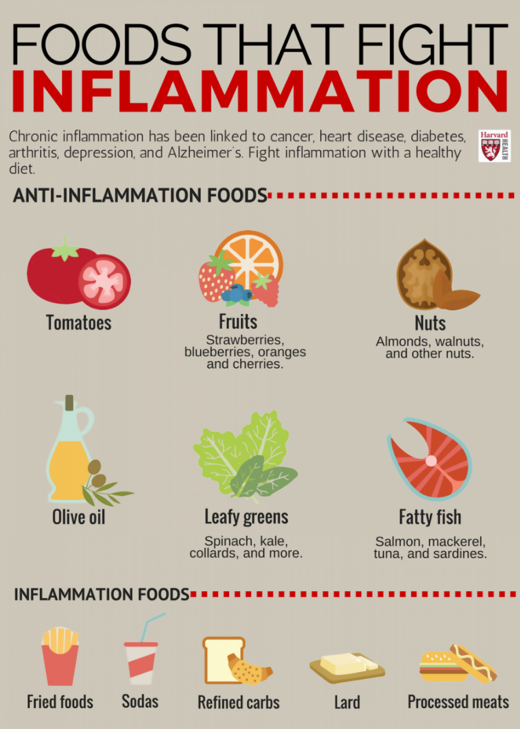How to Prevent Injury & Improve Joint Health

In order to keep your ligaments and tendons healthy over time, a number of factors need to be considered.
Adding Injury Prevention to Your Fitness Program to Improve Joint Health
Injury is the scariest word for any athlete or fitness enthusiast to hear. From a young age, we are taught how important exercise is for our bodies to be healthy, grow strong, and maintain joint health. School curriculums include physical education, and athletic ability is among one of the most celebrated achievements for young adults. A single joint health issue can offset years of hard work in your sport of choice.
What are the most common types of injury?
According to Mercy Health, sprains and strains are a couple of the top exercise injuries one may face. Not only are injuries painful, but they take away from valuable progress you’ve made building up your muscles. Setbacks take us out of the game and lead to prolonged recovery time and discouragement. Common areas to strain tendons and ligaments include knees, ankles, wrists, and necks.
What is the best way to avoid injury?
Avoiding injuries starts with a strong foundation. If you have any major concerns with exercise or your joint health, it is always recommended to consult with a physician before attempting activities. While some injuries can be completely unforeseen, there are many precautions to take to ensure your joints remain strong and healthy.
How to Prevent Joint Injuries
There are multiple ways you can maintain and improve your joint health. Read on to find out the essentials for maintaining healthy joints year-round.
Perform Low-impact Activities
There are tons of great low-impact exercises you can do right from your home. To preserve joints, take a walk, do yoga sessions, cycling, or anything that uses your bodyweight to develop strength and balance without compromising your joints. With the hotter summer temperatures hitting us, it’s a great time to check out a community lap pool to go for a swim. Swimming provides a mixture of aerobic and anaerobic exercise that is very low-impact on your tendons and ligaments and can preserve your joint health over time. If you prefer to go to the gym, hop on an elliptical machine, use resistance bands, a row machine, or even try out a Pilates class for low impact activity. To get your heart rate up, ramp things up by adding an incline to your treadmill work, walk with light hand weights, or use weighted training gear.
Avoid High-impact Activities
To preserve your joints, you will want to avoid high-impact exercises like running and jumping that are hard on your knees and hips. Consistent impact at the bone-cartilage interface when running and jumping will make you more vulnerable to injury. The low-impact exercises mentioned above can still be very effective without putting extra stress on your joints.
Remember to Stretch
On top of strengthening the muscles around your joints, you also want to properly stretch before and after doing anything active. Taking just a few minutes to stretch each day can save your muscles after a workout and decrease the likelihood of incurring an injury. Stretching also increases circulation and energy levels needed to perform physical movements.
Focus on each muscle group as you stretch all the way from your toes to your neck and shoulders. Choose slow movements to reach any pull beyond each muscle group, but never push yourself beyond what’s comfortable unless seeking advice from a licensed personal trainer.
Consume Anti-inflammatory Foods
Another simple way to keep your joints healthy is by consuming anti-inflammatory foods. Inflammation can show up in joints through medical conditions like arthritis, common joint pain, or swelling. Fighting inflammation starts from the inside out. The foods we consume matter. You’ve heard the saying “you are what you eat,” and while that doesn’t mean you’re going to turn into cheeseburger or chocolate sprinkled donut, it does mean that everything you eat has a positive or negative effect on how your body functions. By adding in more anti-inflammatory foods, you’re able to crowd out the foods that cause inflammation and harm our immune systems.
Harvard Health says “one of the most powerful tools to combat inflammation comes not from the pharmacy, but from the grocery store.” On your next trip to the market, keep these anti-inflammatory foods in mind:

By consuming the anti-inflammatory foods shown above, you can fight back against wear and tear on your joints and improve recovery times.
Consider Your Genetic Fitness Potential: DNA Fitness Testing
At HealthCodes DNA, you can learn about your genetic predisposition for common ligament and tendon injuries. This panel will not only tell you your injury risk and give you a long-term outlook for your joint health, but it will also give you a deep look at your aerobic and anaerobic activity profiles to develop an ideal exercise routine for your body type. This premium DNA test will also provide you with your potentials for endurance and strength exercises to identify the sports that your body has the greatest potential to excel.
With a genetic fitness DNA test, you’ll be able to assess your body, and better understand your fitness potentials and ideal exercise regimens to optimize your workouts.
